Conservation Voltage Reduction in Modern Power Systems: Applications, Implementation, Quantification, and AI-Assisted Techniques
Abstract
:1. Introduction
- inertia synthesis and frequency support (seconds to a minute);
- demand response and peak-shaving (minutes to hours);
- energy-saving (hours to months/year).
- Review and classify the CVR applications in PE-based power systems: Conducting a very compact survey on CVR performance and categorizing the applications in modern grids, based on different time scales, from long-term applications including energy-conserving and peak demand reduction to short-term applications consisting of inertia synthesis and dynamics frequency support.
- A comprehensive review of CVR implementation in PE-based grids: CVR implementation methods are categorized into techniques applied on grid-connected and islanded PE-based MGs where different control structures are adopted aiming to choose the proper utilization technique based on the CVR application.
- Review of CVR quantification and evaluation methods: the quantification methods are categorized into quantifying the CVR’s long-term and short-term applications, including perturbation-based and also machine learning and deep learning strategies to choose the effective quantification method and equipment based on the CVR application.
- Future trend: comprehensively analyzing the CVR utilization and quantification challenges to fill the existing gaps and to provide suggestions for further analysis and research.
2. CVR Applications
2.1. CVR Performance and Principles
2.2. CVR Applications in Modern PE-Based Grids
2.2.1. Demand Response, Peak-Shaving, and Energy-Saving via CVR
2.2.2. Inertia Synthesis and Dynamics Frequency Support via CVR
3. CVR Implementation Techniques in Modern Grids
- Intermittent RESs, such as photovoltaics (PVs) and wind turbines (WTs), introduce rapid and large fluctuations in supply, and therefore, fast-response equipment such as PE converters is needed for integrating the RESs into the grid. However, the coordination of the fast PE converters and electromechanical voltage regulating devices such as OLTCs, capacitor banks, and voltage regulators with delayed reaction makes traditional techniques such as the VVO-based CVR inefficient and complex [50].
- Additionally, the variable nature of RESs causes traditional VVC equipment (especially capacitor banks) to perform more switching operations, which shortens their lifespan and introduces new difficulties [51].
- When the CVR application in modern PE-based grids is transient and dynamic time scales, using traditional techniques that focus on long-term applications such as energy-conserving is not efficient. Therefore, modern techniques using advanced equipment are needed.
3.1. CVR Implementation in PE-Based Grids (Grid-Connected MGs)
3.1.1. CVR through Smart Inverters
3.1.2. CVR through Smart Loads
3.2. CVR Implementation in Islanded PE-Based MGs
3.2.1. CVR Utilization through Conventional Droop Controllers
3.2.2. CVR Utilization through V-I Droop Controller
3.2.3. CVR Utilization through the Current Droop Controller
4. Quantifying CVR Impacts on Modern Grids
4.1. Quantifying the CVR’s Long-Term Applications
- comparison-based methods;
- regression-based methods;
- model/synthesis-based methods;
- simulation-based methods;
- data-driven-based methods.
4.1.1. Comparison-Based Methods
4.1.2. Regression-Based Methods
4.1.3. Model/Synthesis-Based Methods
4.1.4. Simulation-Based Methods
4.1.5. Data-Driven Based Methods (Long-Term Applications)
- Finding correlated feeders with similar load profiles to perform the CVR evaluation needs high-precision techniques to prevent inaccurate CVR factor calculation. Specifically, finding correlated feeders where CVR is performed on a great number of feeders is a critical issue that makes classic techniques inapplicable.
- Estimating the load profile including the demanded active/reactive power while having CVR disabled, is another important challenge that leads to inaccurate CVR factor calculation via classic techniques.
- Data anomalies are another vital issue of CVR quantification through classic techniques. Precisely, applying the classic methods on real PE-based grids shows a divergence from the results of using the original practical data.
Machine Learning-Based Methods
Deep Learning-Based Methods
4.2. Quantifying the CVR’s Short-Term Applications
- A critical issue is with the natural fluctuations of the inverter-interfaced suppliers’ impact in PE-based grids on voltage profile, which distorts the CVR effects. The fast response of the PE-based suppliers and consumers (i.e., IIDGs, and SLs) needs real-time quantification methods. However, the traditional quantification methods are unable to track the CVR impact continuously and in real-time.
- Further, since all of the traditional quantification techniques outlined in the preceding sections are focused on steady states, they are unable to quantify and follow the effect of CVR on transients and dynamics. Alternative techniques are therefore required to fully quantify and assess the CVR across all time scales.
- Moreover, distinguishing between the load’s change behavior and the data noise during the transients and dynamics becomes bold. In light of this, a suitable noise reduction methodology, not covered by the other methods, is urgently required for estimating CVR in modern PE-based grids.
4.2.1. Perturbation-Based Techniques
Step and Ramp Perturbance-Based Techniques
- The proposed noise reduction approaches are unstable which makes the CVR factor underestimated or overestimated in heavy noise situations.
- The present method focuses on only CVR factor calculation which is commonly used for steady-sate operations. This can pose a barrier to the accuracy of the proposed techniques.
Micro Perturbance-Based Techniques
4.2.2. Data-Driven Based Techniques (Short-Term Applications)
5. Future Trends
5.1. Future Trends on CVR Applications
5.2. Future Trends on CVR Implementation
5.3. Future Trends on CVR Quantification
6. Conclusions
Author Contributions
Funding
Data Availability Statement
Conflicts of Interest
Abbreviations
| AI | Artificial Intelligence |
| AMI | Advanced Metering Infrastructure |
| ANSI | American National Standards Institute |
| BESS | Battery Energy Storage System |
| CVR | Conservation Voltage Reduction |
| DER | Distributed Energy Resource |
| DRL | Deep reinforcement learning |
| ES | Electrical Spring |
| GAN | generative adversarial net |
| GBM | gradient boosting machine |
| HIL | Hardware in Loop |
| IIDG | Inverter-interfaced Distributed Generation |
| LV | Low Voltage |
| LVS | Load Voltage Sensitivity |
| MG | Microgrid |
| MPM | Micro-perturbation Method |
| MV | Medium Voltage |
| NC | Non-Critical |
| OLTC | On-load Tap Changer |
| NMG | Networked Microgrid |
| PE | Power Electronics |
| PV | Photovoltaic |
| RES | Renewable Energy Source |
| RoCoF | Rate of Change of Frequency |
| SCADA | Supervisory Control and Data Acquisition |
| SL | Smart Load |
| SLBC | Smart Load with B2B Converter |
| SLES | Smart Load with Electrical Spring |
| SLQ | Smart Load with Reactive Compensation |
| SoC | State of Charge |
| ST | Smart Transformer |
| SVM | support vector machine |
| VSI | Voltage Source Inverter |
| VVC | Volt/VAr Control |
| VVO | Volt/VAr Optimization |
| WT | Wind Turbines |
References
- Moradi, M.H.; Eskandari, M.; Hosseinian, S.M. Cooperative Control Strategy of Energy Storage Systems and Micro Sources for Stabilizing Microgrids in Different Operation Modes. Int. J. Electr. Power Energy Syst. 2016, 78, 390–400. [Google Scholar] [CrossRef]
- Eskandari, M.; Rajabi, A.; Rezaeimozafar, M.; Savkin, A.V.; Member, S.; Moradi, M.H.; Dong, Z.Y. Battery Energy Storage Systems (BESSs) and the Economy- Dynamics of Microgrids: Review, Analysis, and Classification for Standardization of BESSs Applications. J. Energy Storage 2022, 55, 105627. [Google Scholar] [CrossRef]
- Sun, Z.; Eskandari, M.; Zheng, C.; Li, M. Handling Computation Hardness and Time Complexity Issue of Battery Energy Storage Scheduling in Microgrids by Deep Reinforcement Learning. Energies 2022, 16, 90. [Google Scholar] [CrossRef]
- Ma, Z.; Xiang, Y.; Wang, Z. Robust Conservation Voltage Reduction Evaluation Using Soft Constrained Gradient Analysis. IEEE Trans. Power Syst. 2022, 37, 4485–4496. [Google Scholar] [CrossRef]
- McNamara, M.; Fengand, D.; Pettit, T.; Lawlor, D. Conservation Voltage Reduction/Volt VAR Optimization EM&V Practices. 2017. Available online: https://www.energystar.gov/ (accessed on 19 January 2017).
- Ranamuka, D.; Agalgaonkar, A.P.; Muttaqi, K.M. Conservation Voltage Reduction and VAr Management Considering Urban Distribution System Operation with Solar-PV. Int. J. Electr. Power Energy Syst. 2019, 105, 856–866. [Google Scholar] [CrossRef]
- Moradi, M.H.; Eskandari, M.; Mahdi Hosseinian, S. Operational Strategy Optimization in an Optimal Sized Smart Microgrid. IEEE Trans. Smart Grid 2015, 6, 1087–1095. [Google Scholar] [CrossRef]
- Hirsch, A.; Parag, Y.; Guerrero, J. Microgrids: A Review of Technologies, Key Drivers, and Outstanding Issues. Renew. Sustain. Energy Rev. 2018, 90, 402–411. [Google Scholar] [CrossRef]
- Dheer, D.K.; Soni, N.; Doolla, S. Improvement of Small Signal Stability Margin and Transient Response in Inverter-Dominated Microgrids. Sustain. Energy Grids Netw. 2016, 5, 135–147. [Google Scholar] [CrossRef]
- Worighi, I.; Maach, A.; Hafid, A.; Hegazy, O.; van Mierlo, J. Integrating Renewable Energy in Smart Grid System: Architecture, Virtualization and Analysis. Sustain. Energy Grids Netw. 2019, 18, 100226. [Google Scholar] [CrossRef]
- Asadi, Y.; Eskandari, M.; Mansouri, M.; Savkin, A.V.; Pathan, E. Frequency and Voltage Control Techniques through Inverter-Interfaced Distributed Energy Resources in Microgrids: A Review. Energies 2022, 15, 8580. [Google Scholar] [CrossRef]
- Mehrkhodavandi, H.; Arefi, A.; Yazdani, A.; Najmizadeh, A.; Fani, S. Virtual Inertia a Must for Mitigation of Frequency Instability in Microgrids: A Comprehensive Review. In Proceedings of the 2021 31st Australasian Universities Power Engineering Conference, AUPEC 2021, Perth, Australia, 26–30 September 2021. [Google Scholar] [CrossRef]
- Farrokhabadi, M.; Cañizares, C.A.; Bhattacharya, K. Frequency Control in Isolated/Islanded Microgrids through Voltage Regulation. IEEE Trans. Smart Grid 2017, 8, 1185–1194. [Google Scholar] [CrossRef]
- Schneider, K.P.; Radhakrishnan, N.; Tang, Y.; Tuffner, F.K.; Liu, C.C.; Xie, J.; Ton, D. Improving Primary Frequency Response to Support Networked Microgrid Operations. IEEE Trans. Power Syst. 2019, 34, 659–667. [Google Scholar] [CrossRef]
- McKenna, K.; Keane, A. Open and Closed-Loop Residential Load Models for Assessment of Conservation Voltage Reduction. IEEE Trans. Power Syst. 2017, 32, 2995–3005. [Google Scholar] [CrossRef]
- Zhao, J.; Wang, Z.; Wang, J. Robust Time-Varying Load Modeling for Conservation Voltage Reduction Assessment. IEEE Trans. Smart Grid 2018, 9, 3304–3312. [Google Scholar] [CrossRef]
- Arif, A.; Wang, Z.; Wang, J.; Mather, B.; Bashualdo, H.; Zhao, D. Load Modeling—A Review. IEEE Trans. Smart Grid 2018, 9, 5986–5999. [Google Scholar] [CrossRef]
- Rahman, M.T.; Hasan, K.N.; Sokolowski, P. Assessment of Conservation Voltage Reduction Capabilities Using Load Modelling in Renewable-Rich Power Systems. IEEE Trans. Power Syst. 2021, 36, 3751–3761. [Google Scholar] [CrossRef]
- ANSI C84.1 Electric Power Systems and Equipment—Voltage Ranges | Power Quality in Electrical Systems. Available online: http://www.powerqualityworld.com/2011/04/ansi-c84-1-voltage-ratings-60-hertz.html (accessed on 22 November 2021).
- ITIC Curve—Voltage Disturbance. Available online: https://voltage-disturbance.com/voltage-quality/itic-curve/ (accessed on 19 December 2021).
- Pinney, D. Costs and Benefits of Conservation Voltage Reduction; National Rural Cooperative Association: Arlington, VA, USA, 2013. [Google Scholar]
- Singaravelan, A.; Kowsalya, M. A Practical Investigation on Conservation Voltage Reduction for Its Efficiency with Electric Home Appliances. Energy Procedia 2017, 117, 724–730. [Google Scholar] [CrossRef]
- Wang, Z.; Chen, B.; Wang, J.; Begovic, M.M. Stochastic DG Placement for Conservation Voltage Reduction Based on Multiple Replications Procedure. IEEE Trans. Power Deliv. 2015, 30, 1039–1047. [Google Scholar] [CrossRef]
- Haidar, Z.; Waqar, A.; Adamali Shah, N.M.; Al-Mutib, K. Optimal Power Flow Using Distributed Generation and Conservation Voltage Reduction Techniques for Micro-Grids. In Proceedings of the 2018 International Conference on Emerging Trends and Innovations in Engineering And Technological Research, ICETIETR 2018, Ernakulam, India, 11–13 July 2018. [Google Scholar] [CrossRef]
- Pamshetti, V.B.; Thakur, A.K.; Singh, S.; Singh, S.P. Bi-Level Operational Planning of Microgrids Considering Conservation Voltage Reduction. In Proceedings of the 9th IEEE International Conference on Power Electronics, Drives and Energy Systems, PEDES 2020, Jaipur, India, 16–19 December 2020. [Google Scholar] [CrossRef]
- Hossan, M.S.; Chowdhury, B.; Arora, M.; Lim, C. Effective CVR Planning with Smart DGs Using MINLP. In Proceedings of the 2017 North American Power Symposium, NAPS 2017, Morgantown, WV, USA, 17–19 September 2017. [Google Scholar] [CrossRef]
- Gheydi, M.; Nouri, A.; Ghadimi, N. Planning in Microgrids with Conservation of Voltage Reduction. IEEE Syst. J. 2018, 12, 2782–2790. [Google Scholar] [CrossRef]
- Quijano, D.A.; Padilha-Feltrin, A. Optimal Integration of Distributed Generation and Conservation Voltage Reduction in Active Distribution Networks. Int. J. Electr. Power Energy Syst. 2019, 113, 197–207. [Google Scholar] [CrossRef]
- Moradi, M.H.; Eskandari, M.; Showkati, H. A Hybrid Method for Simultaneous Optimization of DG Capacity and Operational Strategy in Microgrids Utilizing Renewable Energy Resources. Int. J. Electr. Power Energy Syst. 2014, 56, 241–258. [Google Scholar] [CrossRef]
- Soykan, G.; Er, G.; Canakoglu, E. Optimal Sizing of an Isolated Microgrid with Electric Vehicles Using Stochastic Programming. Sustain. Energy Grids Netw. 2022, 32, 100850. [Google Scholar] [CrossRef]
- Zhang, Y.; Ren, S.; Dong, Z.Y.; Xu, Y.; Meng, K.; Zheng, Y. Optimal Placement of Battery Energy Storage in Distribution Networks Considering Conservation Voltage Reduction and Stochastic Load Composition. IET Gener. Transm. Distrib. 2017, 11, 3862–3870. [Google Scholar] [CrossRef]
- Fletcher, R.H.; Saeed, A. Integrating Engineering and Economic Analysis for Conservation Voltage Reduction. Proc. IEEE Power Eng. Soc. Transm. Distrib. Conf. 2002, 2, 725–730. [Google Scholar] [CrossRef]
- Bollen, M.H.J.; Das, R.; Djokic, S.; Ciufo, P.; Meyer, J.; Rönnberg, S.K.; Zavoda, F. Power Quality Concerns in Implementing Smart Distribution-Grid Applications. IEEE Trans. Smart Grid 2017, 8, 391–399. [Google Scholar] [CrossRef] [Green Version]
- Wilson, T.L. Energy Conservation with Voltage Reduction-Fact or Fantasy. In Proceedings of the 2002 Rural Electric Power Conference, Colorado Springs, CO, USA, 5–7 May 2002; pp. 1–6. [Google Scholar] [CrossRef]
- Azizi, S.; Sun, M.; Liu, G.; Terzija, V. Local Frequency-Based Estimation of the Rate of Change of Frequency of the Center of Inertia. IEEE Trans. Power Syst. 2020, 35, 4948–4951. [Google Scholar] [CrossRef]
- DNV KEMA Energy & Sustainability; EirGrid RoCoF an Independent Analysis on the Ability of Generators to Ride through Rate of Change of Frequency Values up to 2 Hz/s. Available online: http://www.eirgridgroup.com/site-files/library/EirGrid/DNV-KEMA_Report_RoCoF_20130208final_pdf (accessed on 12 February 2022).
- Qi, Y.; Yang, T.; Fang, J.; Tang, Y.; Potti, K.R.R.; Rajashekara, K. Grid Inertia Support Enabled by Smart Loads. IEEE Trans. Power Electron. 2021, 36, 947–957. [Google Scholar] [CrossRef]
- Rahimi, S.; Marinelli, M.; Silvestro, F. Evaluation of Requirements for Volt/Var Control and Optimization Function in Distribution Management Systems. In Proceedings of the 2012 IEEE International Energy Conference and Exhibition, ENERGYCON 2012, Florence, Italy, 9–12 September 2012; pp. 331–336. [Google Scholar] [CrossRef] [Green Version]
- Bompard, E.; Mazza, A.; Toma, L. Classical Grid Control: Frequency and Voltage Stability. In Converter-Based Dynamics and Control of Modern Power Systems; Academic Press: Cambridge, MA, USA, 2021; pp. 31–65. [Google Scholar] [CrossRef]
- Satsangi, S.; Kumbhar, G.B. Analysis of Substation Energy Using Conservation Voltage Reduction in Distribution System. In Proceedings of the International Conference on Electrical Power and Energy Systems, ICEPES 2016, Bhopal, India, 14–16 December 2016; pp. 188–193. [Google Scholar] [CrossRef]
- Efkarpidis, N.; de Rybel, T.; Driesen, J. Optimization Control Scheme Utilizing Small-Scale Distributed Generators and OLTC Distribution Transformers. Sustain. Energy Grids Netw. 2016, 8, 74–84. [Google Scholar] [CrossRef]
- Zavoda, F.; Perreault, C.; Lemire, A. The Impact of a Volt & Var Control System (VVC) on PQ and Customer’s Equipment. In Proceedings of the 2010 IEEE PES Transmission and Distribution Conference and Exposition: Smart Solutions for a Changing World, New Orleans, LA, USA, 19–22 April 2010. [Google Scholar] [CrossRef]
- Ozdemir, G.; Baran, M. A New Method for Volt–Var Optimization with Conservation Voltage Reduction on Distribution Systems. Electr. Eng. 2020, 102, 493–502. [Google Scholar] [CrossRef]
- Zamani, V.; Baran, M.E. Meter Placement for Conservation Voltage Reduction in Distribution Systems. IEEE Trans. Power Syst. 2018, 33, 2109–2116. [Google Scholar] [CrossRef]
- Lakra, N.S.; Bag, B. Substation Demand Reduction Using Combined Approach of CVR, VAr Optimization and Distributed Generation. In Proceedings of the 2022 2nd International Conference on Advances in Electrical, Computing, Communication and Sustainable Technologies, ICAECT 2022, Bhilai, India, 21–22 April 2022. [Google Scholar] [CrossRef]
- Zhang, X.; Hodge, J.; Attavvay, M. Intelligent Voltage Regulator in Smart Grid Distribution System. In Proceedings of the China International Conference on Electricity Distribution, CICED 2014, Shenzhen, China, 23–26 September 2014; pp. 1716–1720. [Google Scholar] [CrossRef]
- Dabic, V.; Siew, C.; Peralta, J.; Acebedo, D. BC Hydro’s Experience on Voltage VAR Optimization in Distribution System. In Proceedings of the 2010 IEEE PES Transmission and Distribution Conference and Exposition: Smart Solutions for a Changing World, New Orleans, LA, USA, 19–22 April 2010. [Google Scholar] [CrossRef]
- Schneider, K.P.; Weaver, T.F. Volt-VAR Optimization on American Electric Power Feeders in Northeast Columbus. In Proceedings of the IEEE Power Engineering Society Transmission and Distribution Conference, Orlando, FL, USA, 7–10 May 2012. [Google Scholar] [CrossRef]
- Sun, X.; Qiu, J.; Tao, Y.; Ma, Y.; Zhao, J. A Multi-Mode Data-Driven Volt/Var Control Strategy with Conservation Voltage Reduction in Active Distribution Networks. IEEE Trans. Sustain. Energy 2022, 13, 1073–1085. [Google Scholar] [CrossRef]
- Pamshetti, V.B.; Singh, S.; Thaku, A.K.; Singh, S.P.; Bussa, V.K. Integrated Operation of Conservation Voltage Reduction and Network Reconfiguration in PV-Rich Distribution Network Considering Soft Open Point Impact. In Proceedings of the 2019 IEEE Industry Applications Society Annual Meeting, IAS 2019, Baltimore, MD, USA, 29 September–3 October 2019. [Google Scholar] [CrossRef]
- Ipakchi, A.; Albuyeh, F. Grid of the Future. IEEE Power Energy Mag. 2009, 7, 52–62. [Google Scholar] [CrossRef]
- Padullaparti, H.V.; Nguyen, Q.; Santoso, S. Advances in Volt-Var Control Approaches in Utility Distribution Systems. In Proceedings of the IEEE Power and Energy Society General Meeting 2016, Boston, MA, USA, 17–21 July 2016. [Google Scholar] [CrossRef]
- Pecenak, Z.K.; Kleissl, J.; Disfani, V.R. Smart Inverter Impacts on California Distribution Feeders with Increasing Pv Penetration: A Case Study. In Proceedings of the IEEE Power and Energy Society General Meeting 2017, Chicago, IL, USA, 16–20 July 2017; pp. 1–5. [Google Scholar] [CrossRef] [Green Version]
- Gargoom, A.; Elmusrati, M.; Gaouda, A. Enhancing the Operation of Smart Inverters with PMU and Data Concentrators. Int. J. Electr. Power Energy Syst. 2022, 140, 108077. [Google Scholar] [CrossRef]
- Mirafzal, B.; Adib, A. On Grid-Interactive Smart Inverters: Features and Advancements. IEEE Access 2020, 8, 160526–160536. [Google Scholar] [CrossRef]
- IEEE Standard Association IEEE Std. 1547-2018. Standard for Interconnection and Interoperability of Distributed Energy Resources with Associated Electric Power Systems Interfaces. Available online: https://standards.ieee.org/standard/1547-2018.html (accessed on 26 December 2021).
- Sunderman, W.; Dugan, R.C.; Smith, J. Open Source Modeling of Advanced Inverter Functions for Solar Photovoltaic Installations. In Proceedings of the IEEE Power Engineering Society Transmission and Distribution Conference, Chicago, IL, USA, 14–17 April 2014. [Google Scholar] [CrossRef]
- Ding, F.; Pratt, A.; Bialek, T.; Bell, F.; McCarty, M.; Atef, K.; Nagarajan, A.; Gotseff, P. Voltage Support Study of Smart PV Inverters on a High-Photovoltaic Penetration Utility Distribution Feeder. In Proceedings of the Conference Record of the IEEE Photovoltaic Specialists Conference 2016, Portland, OR, USA, 5–10 June 2016; pp. 1375–1380. [Google Scholar] [CrossRef]
- Molina-García, Á.; Mastromauro, R.A.; García-Sánchez, T.; Pugliese, S.; Liserre, M.; Stasi, S. Reactive Power Flow Control for PV Inverters Voltage Support in LV Distribution Networks. IEEE Trans Smart Grid 2017, 8, 447–456. [Google Scholar] [CrossRef] [Green Version]
- Mahendru, A.; Varma, R.K. Reduction in System Losses and Power Demand by Combination of Optimal Power Flow and Conservation Voltage Reduction Using Smart PV Inverters. In Proceedings of the IEEE Power and Energy Society General Meeting 2019, Atlanta, GA, USA, 4–8 August 2019. [Google Scholar] [CrossRef]
- Arora, S.; Satsangi, S.; Kaur, S.; Khanna, R. Analysis of Substation Energy Savings by Applying CVR in a Radial Unbalanced Distribution Feeder with Photovoltaic System. In Proceedings of the 2021 International Conference on Nascent Technologies in Engineering, ICNET 2021—Proceedings, NaviMumbai, India, 15–16 January 2021. [Google Scholar] [CrossRef]
- Ding, F.; Baggu, M. Coordinated Use of Smart Inverters with Legacy Voltage Regulating Devices in Distribution Systems with High Distributed PV Penetration—Increase CVR Energy Savings. IEEE Trans. Smart Grid 2018. [Google Scholar] [CrossRef]
- Hu, J.; Liu, Z.; Chen, J.; Hu, W.; Zhang, Z.; Chen, Z. A Novel Deep Learning–Based Fault Diagnosis Algorithm for Preventing Protection Malfunction. Int. J. Electr. Power Energy Syst. 2023, 144, 108622. [Google Scholar] [CrossRef]
- Kanwal, S.; Khan, B.; Muhammad Ali, S. Machine Learning Based Weighted Scheduling Scheme for Active Power Control of Hybrid Microgrid. Int. J. Electr. Power Energy Syst. 2021, 125, 106461. [Google Scholar] [CrossRef]
- Li, L.; Zhang, S. Peer-to-Peer Multi-Energy Sharing for Home Microgrids: An Integration of Data-Driven and Model-Driven Approaches. Int. J. Electr. Power Energy Syst. 2021, 133, 107243. [Google Scholar] [CrossRef]
- Fellner, D.; Strasser, T.I.; Kastner, W. Applying Deep Learning-Based Concepts for the Detection of Device Misconfigurations in Power Systems. Sustain. Energy Grids Netw. 2022, 32, 100851. [Google Scholar] [CrossRef]
- Ozcanli, A.K.; Baysal, M. Islanding Detection in Microgrid Using Deep Learning Based on 1D CNN and CNN-LSTM Networks. Sustain. Energy Grids Netw. 2022, 32, 100839. [Google Scholar] [CrossRef]
- Jalali, M.; Kekatos, V.; Gatsis, N.; Deka, D. Designing Reactive Power Control Rules for Smart Inverters Using Support Vector Machines. IEEE Trans. Smart Grid 2020, 11, 1759–1770. [Google Scholar] [CrossRef] [Green Version]
- Ansari, S.; Chandel, A.; Tariq, M. A Comprehensive Review on Power Converters Control and Control Strategies of AC/DC Microgrid. IEEE Access 2021, 9, 17998–18015. [Google Scholar] [CrossRef]
- Alam, M.R.; Alam, M.J.E.; Somani, A.; Melton, R.B.; Tushar, W.; Bai, F.; Yan, R.; Saha, T.K. Evaluating the Feasibility of Transactive Approach for Voltage Management Using Inverters of a PV Plant. Appl. Energy 2021, 291, 116844. [Google Scholar] [CrossRef]
- Alam, M.J.E.; Somani, A.; Melton, R.B.; McDermott, T.E. Transactive Approach for Engaging Distribution Network Assets for Voltage Management in Southern California Edison Distribution Feeders; Pacific Northwest National Lab. (PNNL): Richland, WA, USA, 2018. [Google Scholar]
- Zhang, Q.; Guo, Y.; Wang, Z.; Bu, F. Distributed Optimal Conservation Voltage Reduction in Integrated Primary-Secondary Distribution Systems. IEEE Trans. Smart Grid 2021, 12, 3889–3900. [Google Scholar] [CrossRef]
- Ostadijafari, M.; Jha, R.R.; Dubey, A. Conservation Voltage Reduction by Coordinating Legacy Devices, Smart Inverters and Battery. In Proceedings of the 51st North American Power Symposium, NAPS 2019, Wichita, KS, USA, 13–15 October 2019. [Google Scholar] [CrossRef] [Green Version]
- Eskandari, M.; Savkin, A.V. Robust PLL Synchronization Unit for Grid-Feeding Converters in Micro/Weak Grids. IEEE Trans. Industr. Inform. 2022. [Google Scholar] [CrossRef]
- Eskandari, M.; Savkin, A.V.; Alhelou, H.H.; Blaabjerg, F. Explicit Impedance Modeling and Shaping of Grid-Connected Converters via an Enhanced PLL for Stabilizing the Weak Grid Connection. IEEE Access 2022, 10, 128874–128889. [Google Scholar] [CrossRef]
- Pilehvar, M.S.; Shadmand, M.B.; Mirafzal, B. Analysis of Smart Loads in Nanogrids. IEEE Access 2019, 7, 548–562. [Google Scholar] [CrossRef]
- Darbandsari, A.; Amraee, T. Under Frequency Load Shedding for Low Inertia Grids Utilizing Smart Loads. Int. J. Electr. Power Energy Syst. 2022, 135, 107506. [Google Scholar] [CrossRef]
- Akhtar, Z.; Chaudhuri, B.; Hui, S.Y.R. Smart Loads for Voltage Control in Distribution Networks. IEEE Trans. Smart Grid 2017, 8, 937–946. [Google Scholar] [CrossRef] [Green Version]
- Chen, T.; Guo, J.; Chaudhuri, B.; Hui, S.Y. Virtual Inertia from Smart Loads. IEEE Trans. Smart Grid 2020, 11, 4311–4320. [Google Scholar] [CrossRef]
- Pawar, R.S.; Gawande, S.P.; Kadwane, S.G.; Waghmare, M.A.; Nagpure, R.N. Electric Spring Configurations: Comprehensive Analysis. In Proceedings of the 2018 IEEE International Conference on Power, Instrumentation, Control and Computing, PICC 2018, Thrissur, India, 18–20 January 2018; pp. 1–6. [Google Scholar] [CrossRef]
- Kwan Lee, C.; Ray Chaudhuri, N.; Chaudhuri, B.; Hui, S.Y.R. Droop Control of Distributed Electric Springs for Stabilizing Future Power Grid. IEEE Trans. Smart Grid 2013, 4, 1558–1566. [Google Scholar] [CrossRef] [Green Version]
- Eskandari, M.; Li, L.; Moradi, M.H.; Siano, P.; Blaabjerg, F. Active Power Sharing and Frequency Restoration in an Autonomous Networked Microgrid. IEEE Trans. Power Syst. 2019, 34, 4706–4717. [Google Scholar] [CrossRef]
- Eskandari, M.; Li, L.; Moradi, M.H.; Siano, P. A Nodal Approach Based State-Space Model of Droop-Based Autonomous Networked Microgrids. Sustain. Energy Grids Netw. 2019, 18, 100216. [Google Scholar] [CrossRef]
- Guo, C.; Wang, X.; Zheng, Y.; Zhang, F. Real-Time Optimal Energy Management of Microgrid with Uncertainties Based on Deep Reinforcement Learning. Energy 2022, 238, 121873. [Google Scholar] [CrossRef]
- Jendoubi, I.; Bouffard, F. Data-Driven Sustainable Distributed Energy Resources’ Control Based on Multi-Agent Deep Reinforcement Learning. Sustain. Energy Grids Netw. 2022, 32, 100919. [Google Scholar] [CrossRef]
- Eskandari, M.; Savkin, A.V.; Fletcher, J. A Deep Reinforcement Learning-Based Intelligent Grid-Forming Inverter for Inertia Synthesis by Impedance Emulation. IEEE Trans. Power Syst. 2023, 1–4. [Google Scholar] [CrossRef]
- Eskandari, M.; Li, L.; Moradi, M.H. Decentralized Optimal Servo Control System for Implementing Instantaneous Reactive Power Sharing in Microgrids. IEEE Trans. Sustain. Energy 2018, 9, 525–537. [Google Scholar] [CrossRef]
- Eskandari, M.; Li, L.; Moradi, M.H.; Siano, P.; Blaabjerg, F. Simultaneous Reactive Power Sharing and Voltage Regulation in an Autonomous Networked Microgrid. IET Gener. Transm. Distrib. 2020, 14, 1366–1377. [Google Scholar] [CrossRef] [Green Version]
- Eskandari, M.; Li, L.; Moradi, M.H.; Wang, F.; Blaabjerg, F. A Control System for Stable Operation of Autonomous Networked Microgrids. IEEE Trans. Power Deliv. 2020, 35, 1633–1647. [Google Scholar] [CrossRef]
- Eskandari, M.; Li, L.; Moradi, M.H. Improving Power Sharing in Islanded Networked Microgrids Using Fuzzy-Based Consensus Control. Sustain. Energy Grids Netw. 2018, 16, 259–269. [Google Scholar] [CrossRef]
- Eskandari, M.; Li, L. Microgrid Operation Improvement by Adaptive Virtual Impedance. IET Renew. Power Gener. 2019, 13, 296–307. [Google Scholar] [CrossRef]
- Aderibole, A.; Zeineldin, H.H.; al Hosani, M.; El-Saadany, E.F. Demand Side Management Strategy for Droop-Based Autonomous Microgrids through Voltage Reduction. IEEE Trans. Energy Convers. 2019, 34, 878–888. [Google Scholar] [CrossRef]
- Eskandari, M.; Savkin, A.V. A Critical Aspect of Dynamic Stability in Autonomous Microgrids: Interaction of Droop Controllers through the Power Network. IEEE Trans. Industr. Inform. 2021, 18, 3159–3170. [Google Scholar] [CrossRef]
- Eskandari, M.; Savkin, A.V. On the Impact of Fault Ride-Through on Transient Stability of Autonomous Microgrids: Nonlinear Analysis and Solution. IEEE Trans. Smart Grid 2021, 12, 999–1010. [Google Scholar] [CrossRef]
- Golsorkhi, M.S.; Lu, D.D.C. A Control Method for Inverter-Based Islanded Microgrids Based on V-I Droop Characteristics. IEEE Trans. Power Deliv. 2015, 30, 1196–1204. [Google Scholar] [CrossRef]
- Jha, S.K.; Kumar, D. Investigating the Demand Side Management Capability of Stand-Alone Microgrid with V-I Droop Approach. In Proceedings of the ICPEE 2021—2021 1st International Conference on Power Electronics and Energy, Bhubaneswar, India, 2–3 January 2021. [Google Scholar] [CrossRef]
- Pasha, A.M.; Zeineldin, H.H.; Al-Sumaiti, A.S.; el Moursi, M.S.; el Sadaany, E.F. Conservation Voltage Reduction for Autonomous Microgrids Based on V-I Droop Characteristics. IEEE Trans. Sustain. Energy 2017, 8, 1076–1085. [Google Scholar] [CrossRef]
- IEEE Std 1547.4-2011; 21 IEEE Guide for Design, Operation, and Integration of Distributed Resource Island Systems with Electric Power Systems. IEEE: Piscataway, NJ, USA, 2011; pp. 1–54.
- Anand, S.; Fernandes, B.G. Modified Droop Controller for Paralleling of Dc-Dc Converters in Standalone Dc System. IET Power Electron. 2012, 5, 782–789. [Google Scholar] [CrossRef]
- Vandoorn, T.L.; de Kooning, J.D.M.; Meersman, B.; Guerrero, J.M.; Vandevelde, L. Automatic Power-Sharing Modification of P/V Droop Controllers in Low-Voltage Resistive Microgrids. IEEE Trans. Power Deliv. 2012, 27, 2318–2325. [Google Scholar] [CrossRef] [Green Version]
- Raj, D.C.; Gaonkar, D.N.; Guerrero, J.M. Improved P-f/Q-V and P-V/Q-f Droop Controllers for Parallel Distributed Generation Inverters in AC Microgrid. Sustain. Cities Soc. 2018, 41, 421–442. [Google Scholar] [CrossRef] [Green Version]
- Moon, H.J.; Kim, Y.J.; Moon, S. il Frequency-Based Decentralized Conservation Voltage Reduction Incorporated into Voltage-Current Droop Control for an Inverter-Based Islanded Microgrid. IEEE Access 2019, 7, 140542–140552. [Google Scholar] [CrossRef]
- Tayab, U.B.; Roslan, M.A.B.; Hwai, L.J.; Kashif, M. A Review of Droop Control Techniques for Microgrid. Renew. Sustain. Energy Rev. 2017, 76, 717–727. [Google Scholar] [CrossRef]
- Shim, K.S.; Go, S.I.; Yun, S.Y.; Choi, J.H.; Nam-Koong, W.; Shin, C.H.; Ahn, S.J. Estimation of Conservation Voltage Reduction Factors Using Measurement Data of KEPCO System. Energies 2017, 10, 2148. [Google Scholar] [CrossRef] [Green Version]
- Wilson, T.L. Measurement and Verification of Distribution Voltage Optimization Results for the IEEE Power & Energy Society. In Proceedings of the IEEE PES General Meeting, PES 2010, Minneapolis, MN, USA, 25–29 July 2010. [Google Scholar] [CrossRef]
- Foskolos, G.; Lennerhag, O.; Ackeby, S. Evaluation of Conservation Voltage Reduction in a Distribution Grid—A Comparison Based Method. In Proceedings of the 2018 53rd International Universities Power Engineering Conference, UPEC 2018, Glasgow, UK, 4–7 September 2018. [Google Scholar] [CrossRef]
- Hossein, Z.S.; Khodaei, A.; Fan, W.; Hossan, M.S.; Zheng, H.; Fard, S.A.; Paaso, A.; Bahramirad, S. Conservation Voltage Reduction and Volt-VAR Optimization: Measurement and Verification Benchmarking. IEEE Access 2020, 8, 50755–50770. [Google Scholar] [CrossRef]
- Adegoke, A. On the Effects of Nonlinearity between Variables on the Correlation Coefficient; The University of Regina: Regina, SK, Canada, 2018. [Google Scholar]
- Kampezidou, S.; Wiegman, H. Energy and Power Savings Assessment in Buildings via Conservation Voltage Reduction. In Proceedings of the 2017 IEEE Power and Energy Society Innovative Smart Grid Technologies Conference, ISGT 2017, Washington, DC, USA, 23–26 April 2017. [Google Scholar] [CrossRef]
- Preiss, R.F.; Warnock, V.J. Impact of Voltage Reduction on Energy and Demand. IEEE Trans. Power Appar. Syst. 1978, PAS-97, 1665–1671. [Google Scholar] [CrossRef]
- Erickson, J.C.; Gilligan, S.R. The Effects of Voltage Reduction on Distribution Circuit Loads. IEEE Trans. Power Appar. Syst. 1982, PAS-101, 2014–2018. [Google Scholar] [CrossRef]
- Wang, Z.; Wang, J. Time-Varying Stochastic Assessment of Conservation Voltage Reduction Based on Load Modeling. IEEE Trans. Power Syst. 2014, 29, 2321–2328. [Google Scholar] [CrossRef]
- Hossan, M.S.; Chowdhury, B. Comparison of Time-Varying Load Models for Estimating CVR Factor and VSF Using Dual-Stage Adaptive Filter. IEEE Trans. Power Deliv. 2019, 34, 1001–1010. [Google Scholar] [CrossRef]
- Xu, Y.; Milanović, J.V. Artificial-Intelligence-Based Methodology for Load Disaggregation at Bulk Supply Point. IEEE Trans. Power Syst. 2015, 30, 795–803. [Google Scholar] [CrossRef]
- Hosseini, Z.S.; Khodaei, A.; Mahoor, M.; Hossan, S.; Fan, W.; Pabst, P.; Paaso, E.A. Understanding the Impact of Data Anomalies on Conservation Voltage Reduction Measurement and Verification—A Practical Study. In Proceedings of the IEEE Power Engineering Society Transmission and Distribution Conference 2022, New Orleans, LA, USA, 25–28 April 2022. [Google Scholar] [CrossRef]
- Uzair, M.; Eskandari, M.; Li, L.; Zhu, J. Machine Learning Based Protection Scheme for Low Voltage AC Microgrids. Energies 2022, 15, 9397. [Google Scholar] [CrossRef]
- Zhang, J.; Jia, H.; Zhang, N. Alternate Support Vector Machine Decision Trees for Power Systems Rule Extractions. IEEE Trans. Power Syst. 2023, 38, 980–983. [Google Scholar] [CrossRef]
- Chen, X.; Wu, Y.; Liao, Q.; Rao, Y.; Song, Y.; Liu, D. An Improved Twin Support Vector Regression Machine Based on Adjusted Cosine Similarity for Load Prediction. In Proceedings of the China International Conference on Electricity Distribution, CICED 2021, Shanghai, China, 7–9 April 2021; pp. 611–614. [Google Scholar] [CrossRef]
- Alam, M.M.; bin Mofidul, R.; Pamungkas, R.F.; Chung, B.; Jang, Y.M. Abnormal Voltage Regulation Detection in On-Grid PV-ESS System by Support Vector Machine with Principal Component Analysis. In Proceedings of the International Conference on Ubiquitous and Future Networks, ICUFN 2022, Barcelona, Spain, 5–8 July 2022; pp. 500–503. [Google Scholar] [CrossRef]
- Wang, Z.; Begovic, M.; Wang, J. Analysis of Conservation Voltage Reduction Effects Based on Multistage SVR and Stochastic Process. IEEE Trans. Smart Grid 2014, 5, 431–439. [Google Scholar] [CrossRef]
- Yang, J.; Yu, N.; Yao, W.; Wong, A.; Juang, L.; Johnson, R. Evaluating the Effectiveness of Conservation Voltage Reduction with Multilevel Robust Regression. In Proceedings of the 2018 International Conference on Probabilistic Methods Applied to Power Systems, PMAPS 2018–Proceedings, Boise, ID, USA, 24–28 June 2018. [Google Scholar] [CrossRef]
- Wang, Z.; Harley, R.G.; Habetler, T.; Hampton, N.; Saeedifard, M.; Grijalva, S.; Sun, A. Implementation and Assessment of Demand Response and Voltage/Var Control with Distributed Generators. Ph.D. Thesis, Georgia Institute of Technology, Atlanta, GA, USA, 2015. [Google Scholar]
- Lee, H.P.; Song, L.; Li, Y.; Lu, N.; Wu, D.; Rehm, P.; Makdad, M.; Miller, E. An Iterative Bidirectional Gradient Boosting Algorithm for CVR Baseline Estimation. arXiv 2022, arXiv:2211.03733. [Google Scholar] [CrossRef]
- Hossan, M.S.; Jover Almirall, P.; Passo, E.A.; Zheng, H.; Fan, W.; Fard, S.; Kothandaraman, S.R. Deployment of Conservation Voltage Reduction in Sample Feeders: A Systemwide Energy-Savings Analysis. IEEE Ind. Appl. Mag. 2021, 27, 36–46. [Google Scholar] [CrossRef]
- Shen, X.; Yuan, B.; Peng, W.; Qian, Y.; Wu, Y. Outsourced and Privacy-Preserving K-Means Clustering Scheme for Smart Grid. In Proceedings of the 2022 IEEE 10th International Conference on Information, Communication and Networks (ICICN), Zhangye, China, 23–24 August 2022; pp. 307–313. [Google Scholar] [CrossRef]
- Zheng, C.; Eskandari, M.; Li, M.; Sun, Z. GA- Reinforced Deep Neural Network for Net Electric Load Forecasting in Microgrids with Renewable Energy Resources for Scheduling Battery Energy Storage Systems. Algorithms 2022, 15, 338. [Google Scholar] [CrossRef]
- Li, Y.; Song, L.; Hu, Y.; Lee, H.; Wu, D.; Rehm, P.; Lu, N. Load Profile Inpainting for Missing Load Data Restoration and Baseline Estimation. arXiv 2022, arXiv:2211.16332. [Google Scholar] [CrossRef]
- de Carne, G.; Bruno, S.; Liserre, M.; la Scala, M. Distributed Online Load Sensitivity Identification by Smart Transformer and Industrial Metering. IEEE Trans. Ind. Appl. 2019, 55, 7328–7337. [Google Scholar] [CrossRef]
- Jayaraman, S.; Miranbeigi, M.; Kandula, R.P.; Divan, D. Improving Energy Efficiency and Productivity at Industrial Plants Using Dynamic Voltage Management. IEEE Trans. Ind. Appl. 2020, 56, 1250–1257. [Google Scholar] [CrossRef]
- Xu, J.; Xie, B.; Liao, S.; Ke, D.; Sun, Y.; Jiang, X.; Yu, J. CVR-Based Real-Time Power Fluctuation Smoothing Control for Distribution Systems with High Penetration of PV and Experimental Demonstration. IEEE Trans. Smart Grid 2022, 13, 3619–3635. [Google Scholar] [CrossRef]
- Jayaraman, S.; Miranbeigi, M.; Kandula, P.; Grant, T.; Divan, D. Reducing Energy Consumption in Industrial Plants Using behind the Meter Conservation Voltage Reduction. In Proceedings of the 2018 IEEE Energy Conversion Congress and Exposition, ECCE 2018, Portland, OR, USA, 23–27 September 2018; pp. 4791–4798. [Google Scholar] [CrossRef]
- Xu, J.; Xie, B.; Liao, S.; Sun, Y.; Ke, D.; Yang, J.; Li, P.; Yu, L.; Xu, Q.; Ma, X. Online Assessment of Conservation Voltage Reduction Effects with Micro-Perturbation. IEEE Trans. Smart Grid 2021, 12, 2224–2238. [Google Scholar] [CrossRef]
- de Carne, G.; Buticchi, G.; Liserre, M.; Vournas, C. Load Control Using Sensitivity Identification by Means of Smart Transformer. IEEE Trans. Smart Grid 2018, 9, 2606–2615. [Google Scholar] [CrossRef] [Green Version]
- Ferreira Costa, L.; De Carne, G.; Buticchi, G.; Liserre, M. The Smart Transformer: A Solid-State Transformer Tailored to Provide Ancillary Services to the Distribution Grid. IEEE Power Electron. Mag. 2017, 4, 56–67. [Google Scholar] [CrossRef] [Green Version]
- She, X.; Huang, A.Q.; Burgos, R. Review of Solid-State Transformer Technologies and Their Application in Power Distribution Systems. IEEE J. Emerg. Sel. Top. Power Electron. 2013, 1, 186–198. [Google Scholar] [CrossRef]
- Maulik, A. Probabilistic Power Management of a Grid-Connected Microgrid Considering Electric Vehicles, Demand Response, Smart Transformers, and Soft Open Points. Sustain. Energy Grids Netw. 2022, 30, 100636. [Google Scholar] [CrossRef]
- Visconti, I.F.; Lima, D.A.; Milanović, J.v. Comprehensive Analysis of Conservation Voltage Reduction: A Real Case Study. In Proceedings of the 2019 IEEE Milan PowerTech, PowerTech 2019, Milan, Italy, 23–27 June 2019. [Google Scholar] [CrossRef]
- de Carne, G.; Liserre, M.; Vournas, C. On-Line Load Sensitivity Identification in LV Distribution Grids. IEEE Transactions on Power Systems 2017, 32, 1570–1571. [Google Scholar] [CrossRef] [Green Version]
- El-Shahat, A.; Haddad, R.J.; Alba-Flores, R.; Rios, F.; Helton, Z. Conservation Voltage Reduction Case Study. IEEE Access 2020, 8, 55383–55397. [Google Scholar] [CrossRef]
- Yadav, G.; Liao, Y.; Jewell, N.; Ionel, D.M. CVR Study and Active Power Loss Estimation Based on Analytical and ANN Method. Energies 2022, 15, 4689. [Google Scholar] [CrossRef]
- Ahrarinouri, M.; Rastegar, M.; Karami, K.; Seifi, A.R. Distributed Reinforcement Learning Energy Management Approach in Multiple Residential Energy Hubs. Sustain. Energy Grids Netw. 2022, 32, 100795. [Google Scholar] [CrossRef]
- Foruzan, E.; Soh, L.K.; Asgarpoor, S. Reinforcement Learning Approach for Optimal Distributed Energy Management in a Microgrid. IEEE Trans. Power Syst. 2018, 33, 5749–5758. [Google Scholar] [CrossRef]
- She, B.; Li, F.; Cui, H.; Zhang, J.; Bo, R. Fusion of Model-Free Reinforcement Learning with Microgrid Control: Review and Insight. arXiv 2022, arXiv:2206.11398. [Google Scholar] [CrossRef]
- Nogay, H.S. Estimating the Aggregated Available Capacity for Vehicle to Grid Services Using Deep Learning and Nonlinear Autoregressive Neural Network. Sustain. Energy Grids Netw. 2022, 29, 100590. [Google Scholar] [CrossRef]
- He, B.; Zhao, H.; Liang, G.; Zhao, J.; Qiu, J.; Dong, Z.Y. Ensemble-Based Deep Reinforcement Learning for Robust Cooperative Wind Farm Control. Int. J. Electr. Power Energy Syst. 2022, 143, 108406. [Google Scholar] [CrossRef]
- Guo, C.; Wang, X.; Zheng, Y.; Zhang, F. Optimal Energy Management of Multi-Microgrids Connected to Distribution System Based on Deep Reinforcement Learning. Int. J. Electr. Power Energy Syst. 2021, 131, 107048. [Google Scholar] [CrossRef]
- Tai, C.S.; Hong, J.H.; Hong, D.Y.; Fu, L.C. A Real-Time Demand-Side Management System Considering User Preference with Adaptive Deep Q Learning in Home Area Network. Sustain. Energy Grids Netw. 2022, 29, 100572. [Google Scholar] [CrossRef]
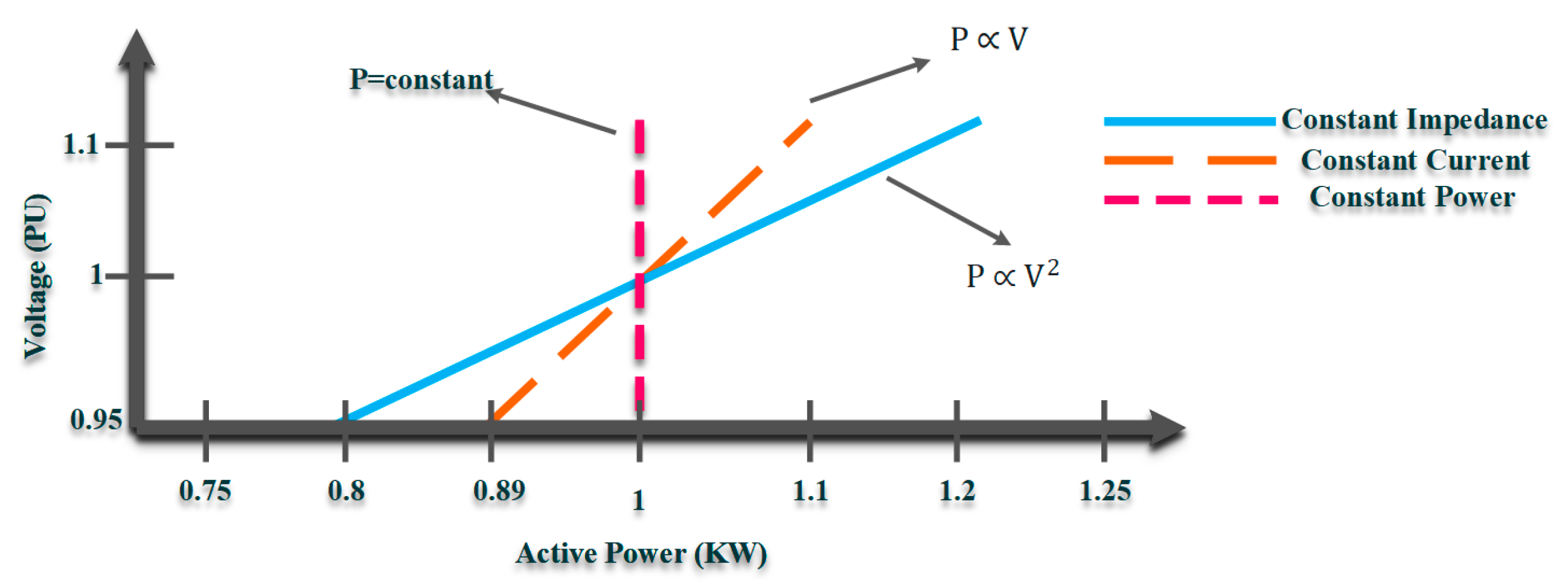
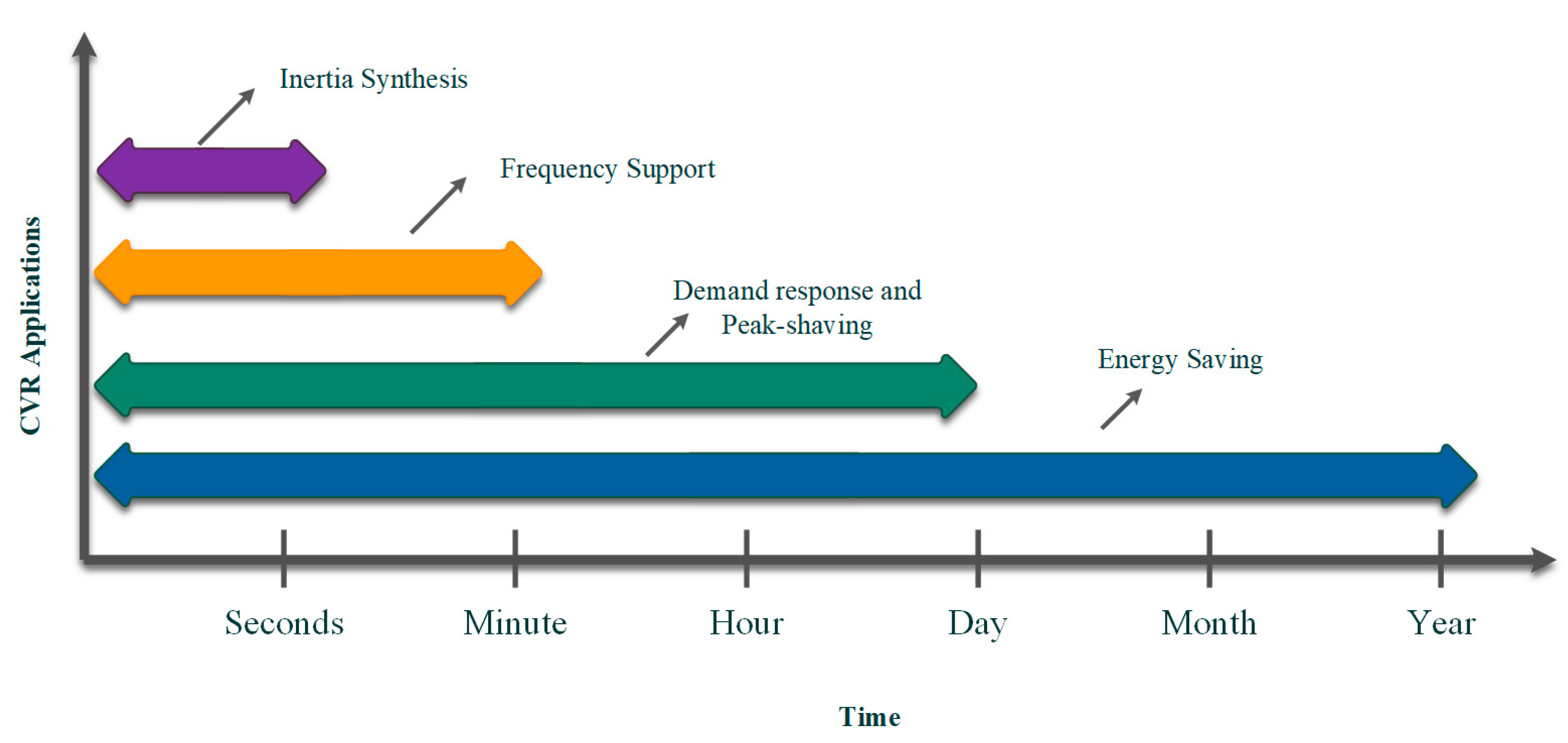
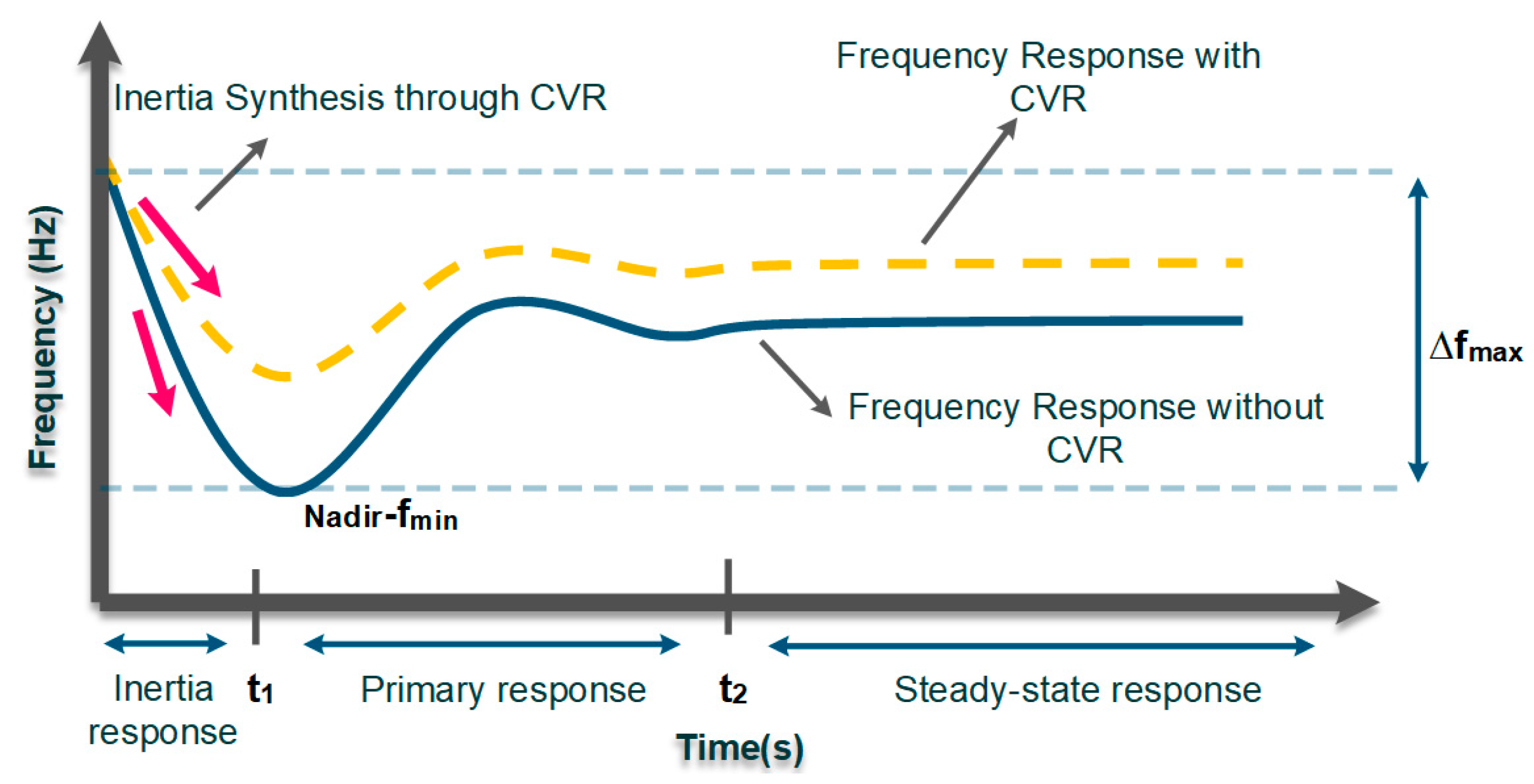
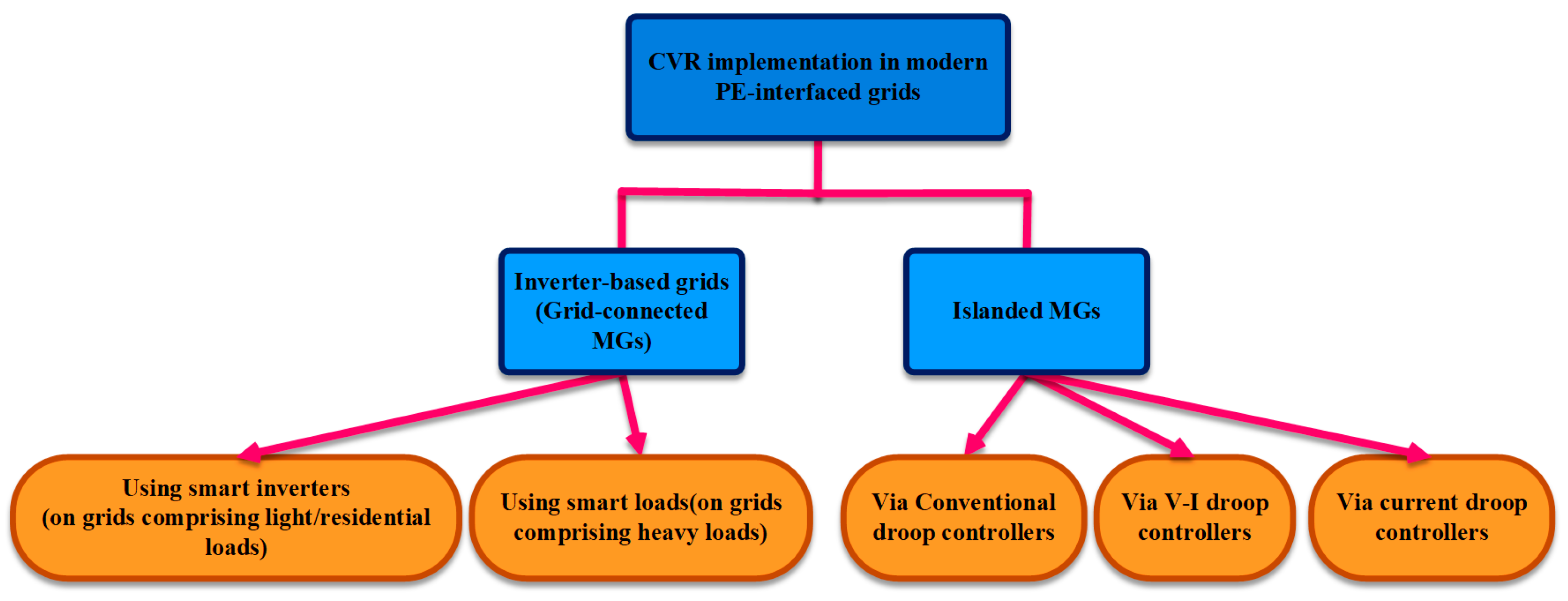

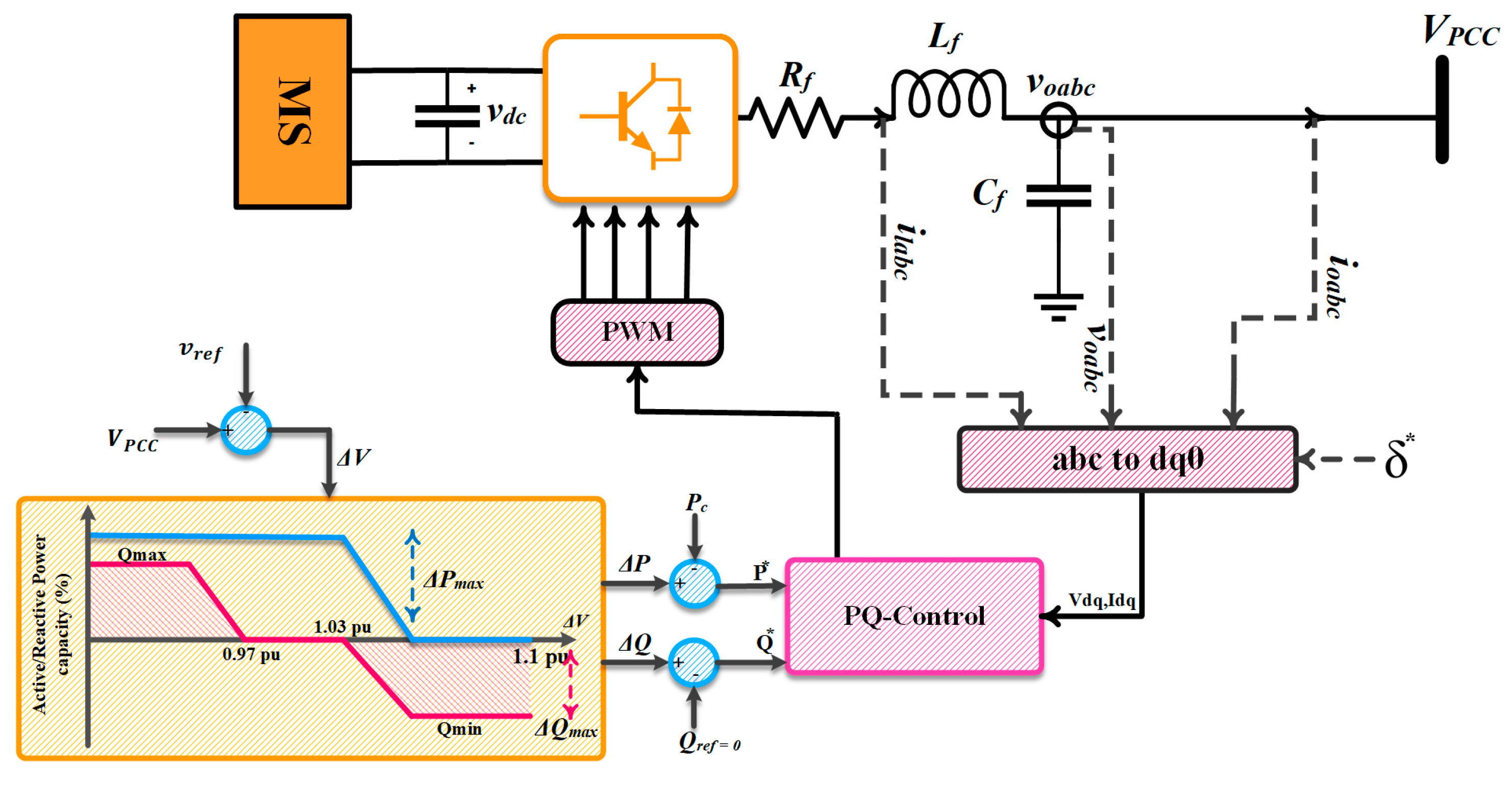


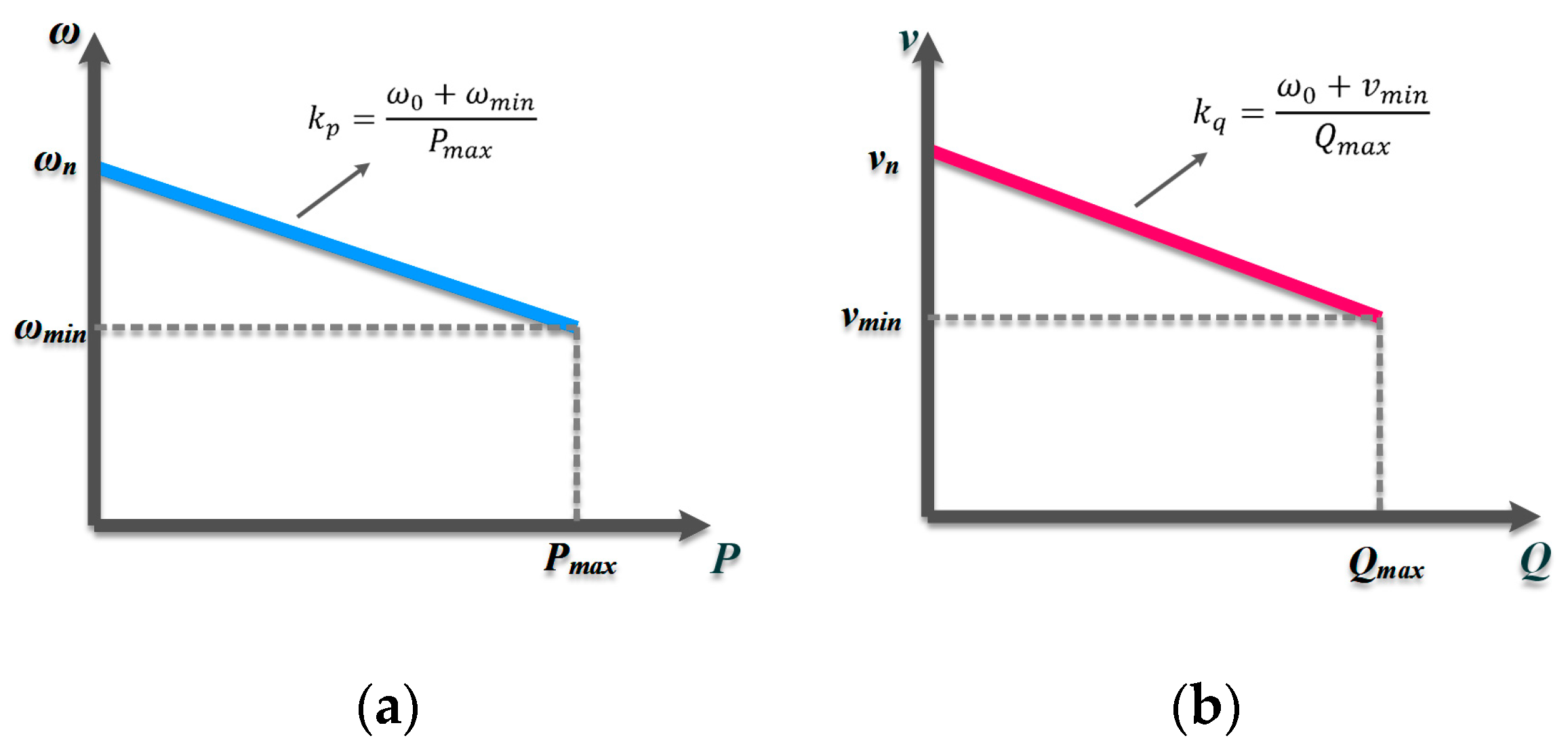



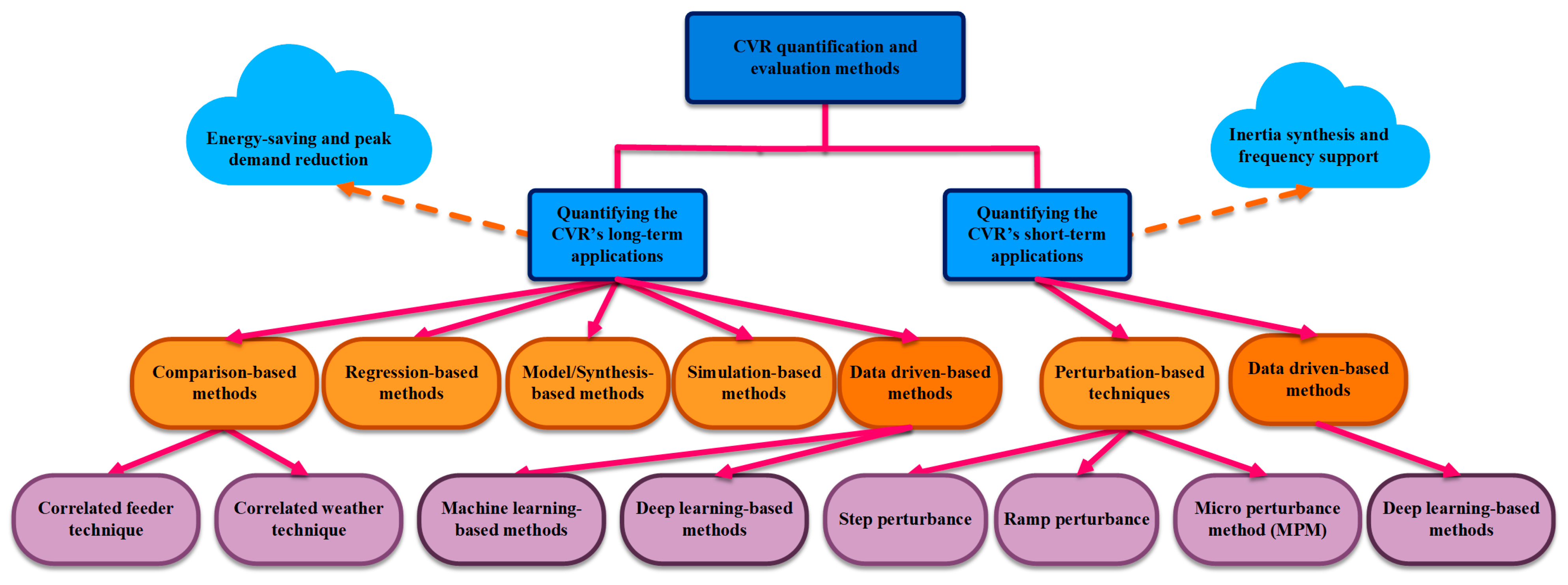
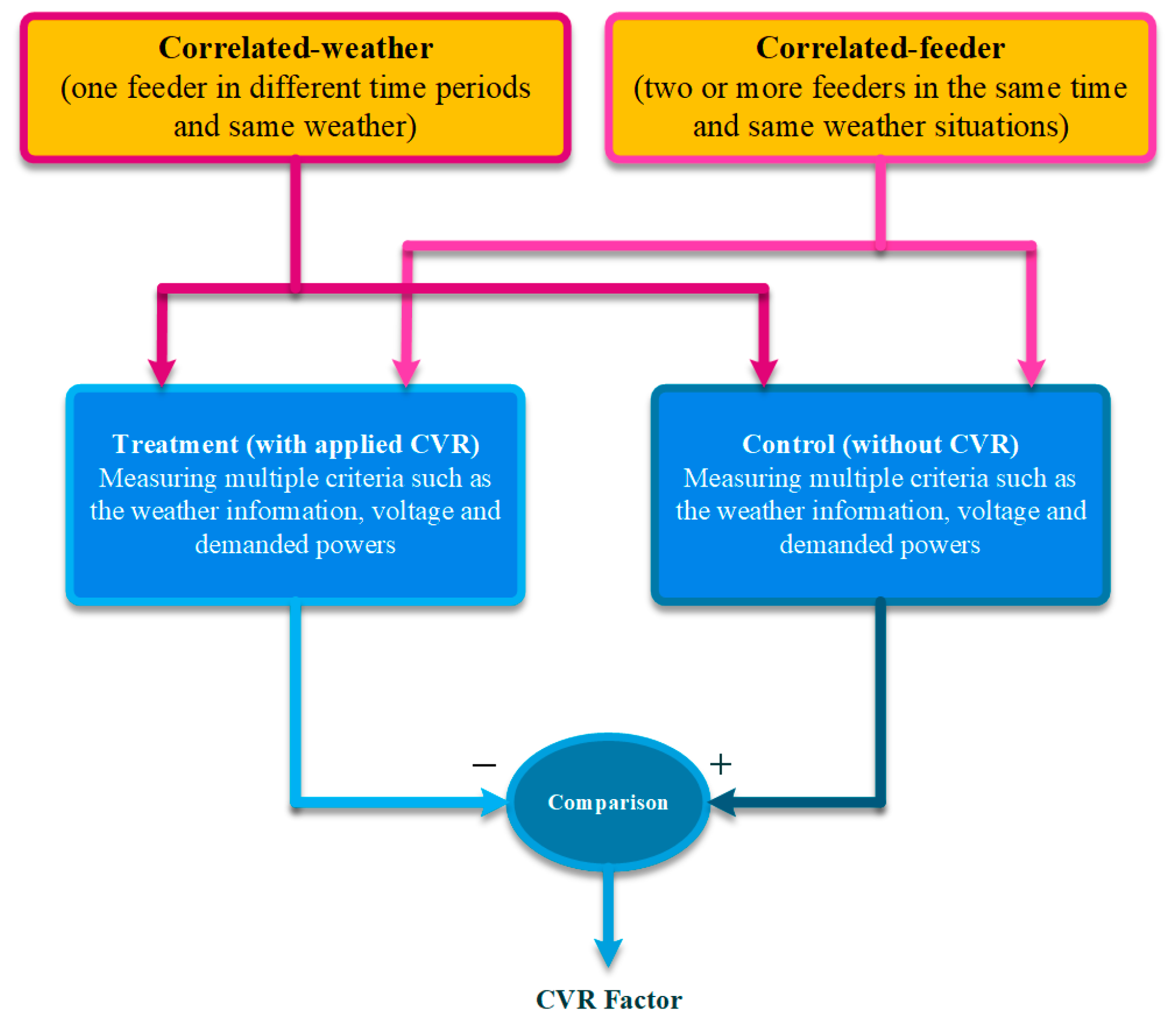
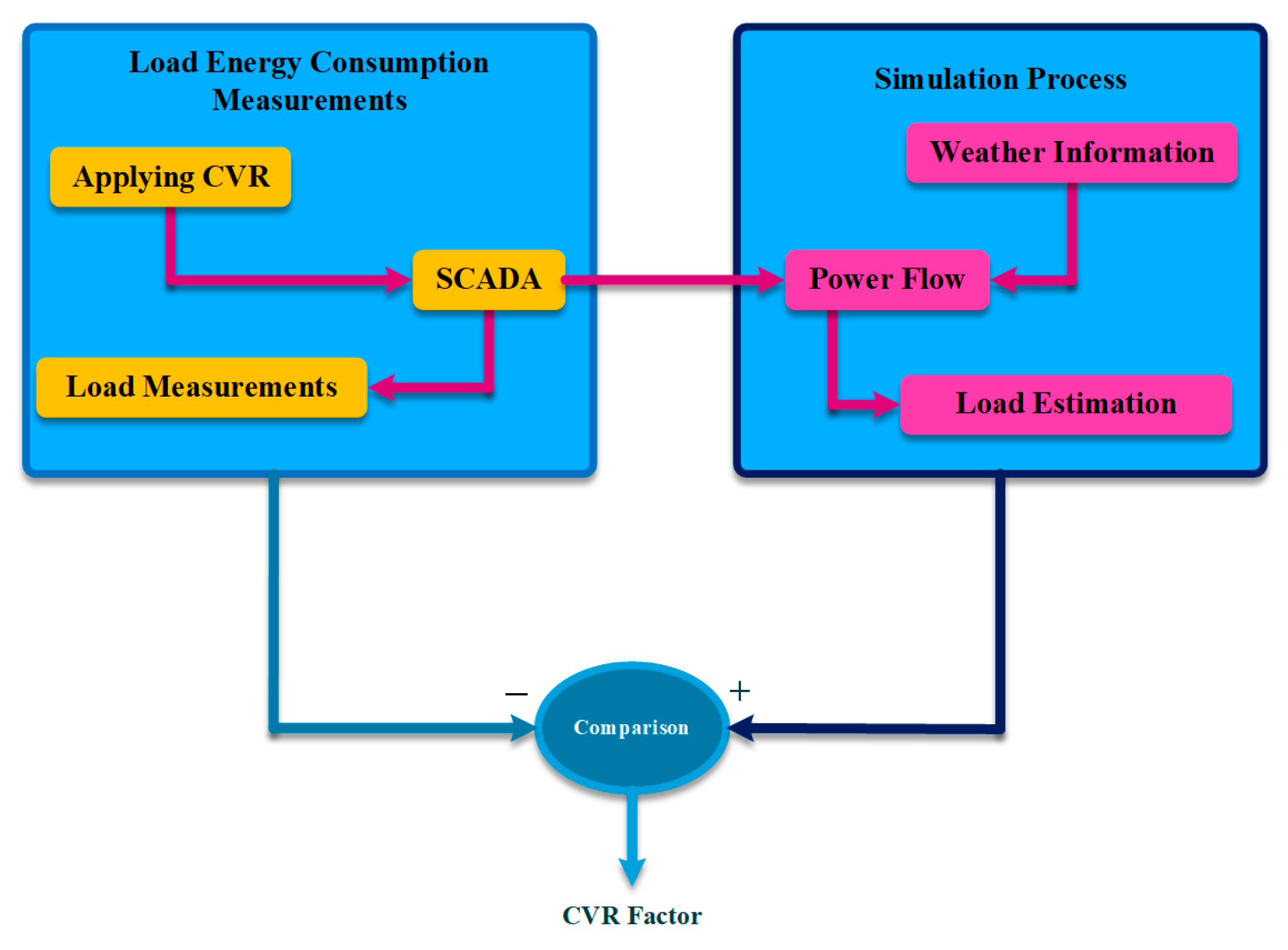
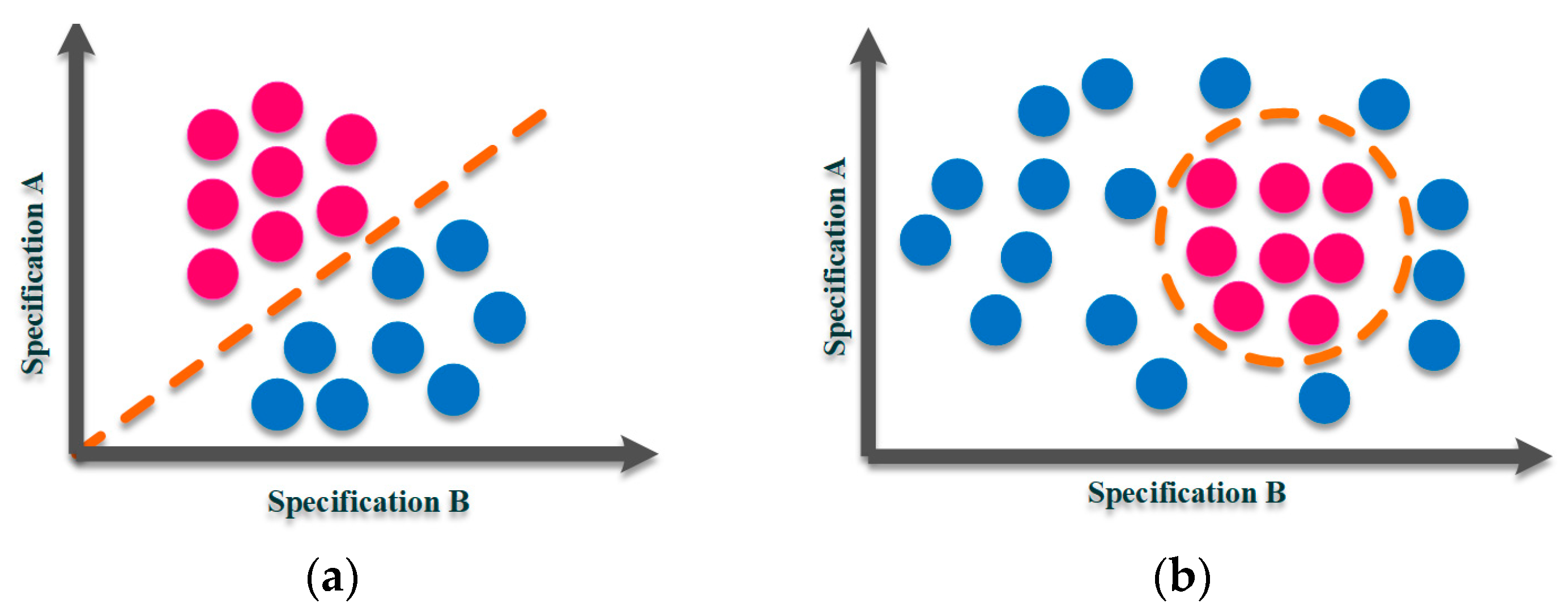
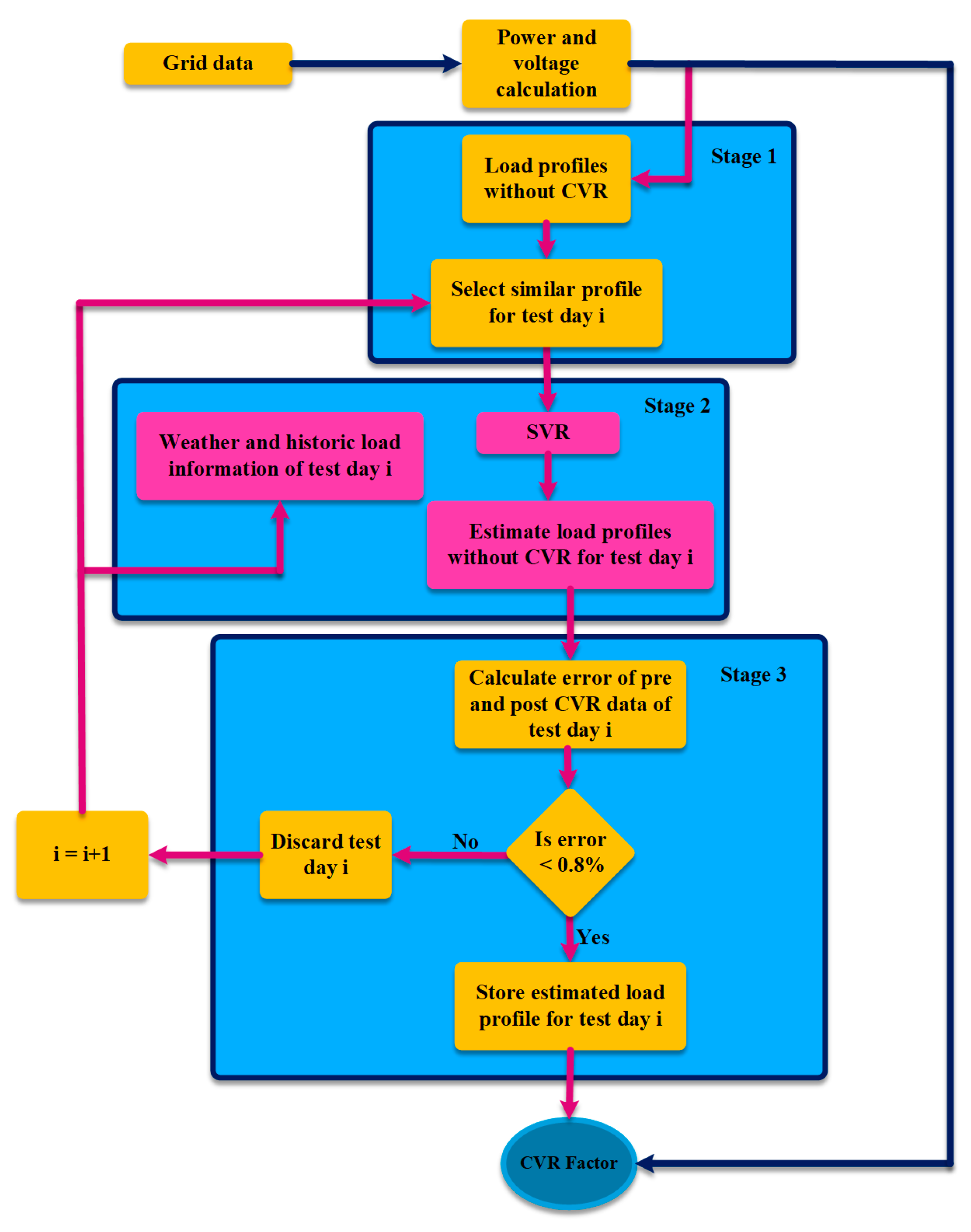

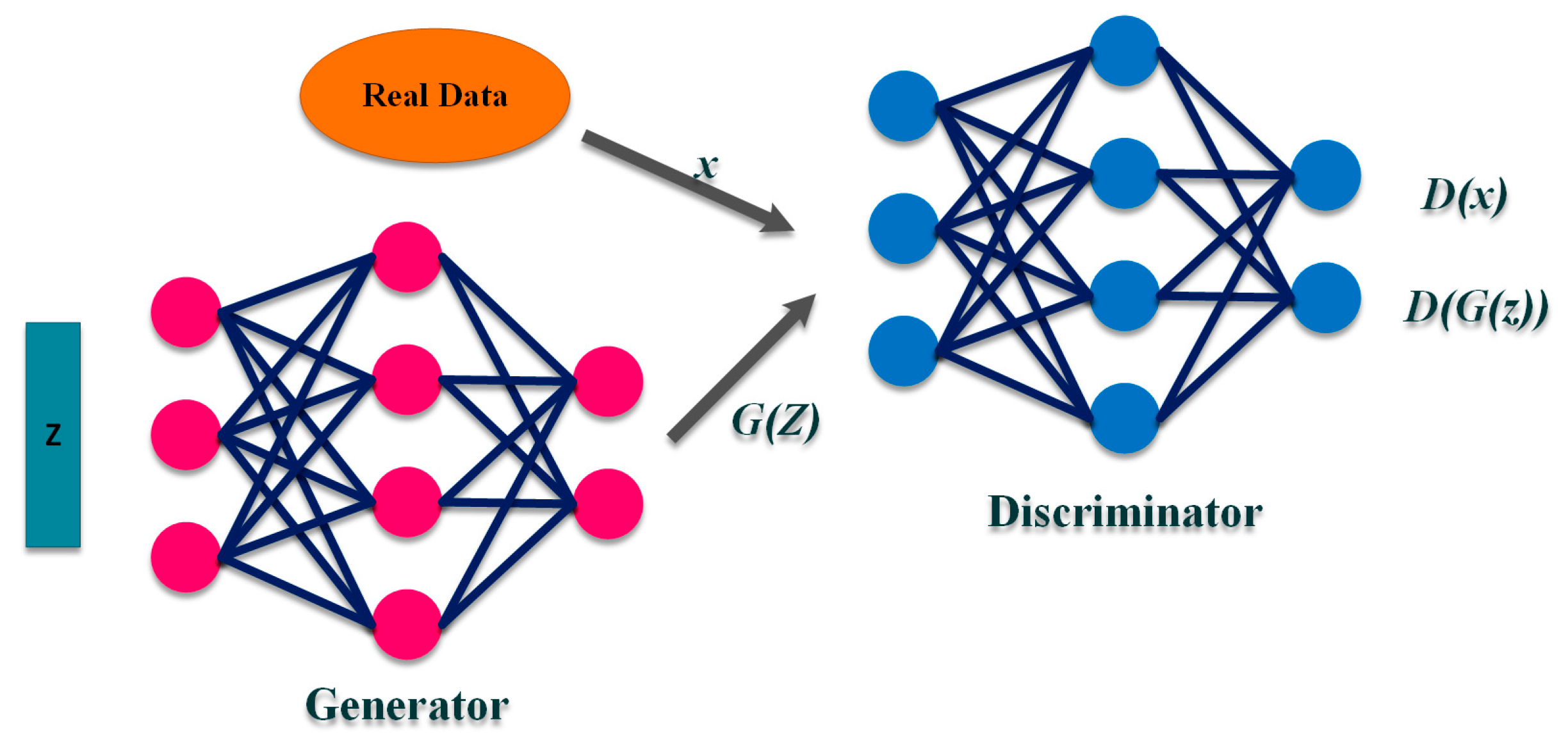
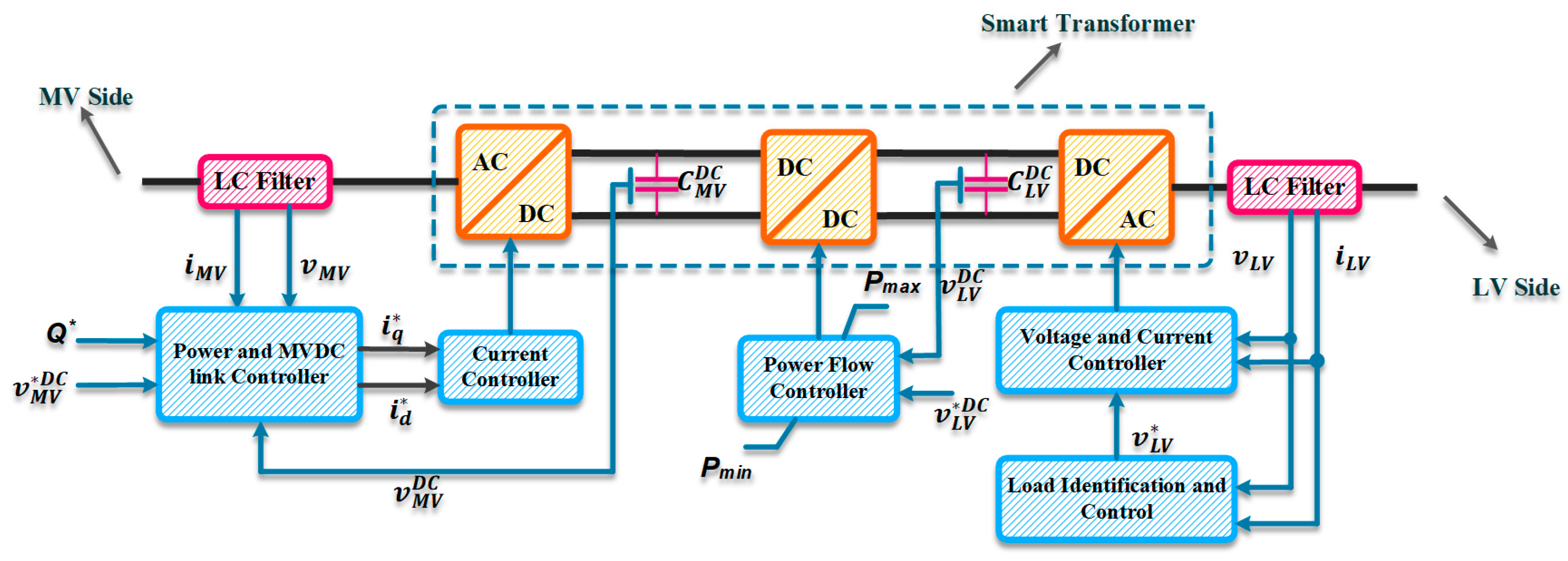

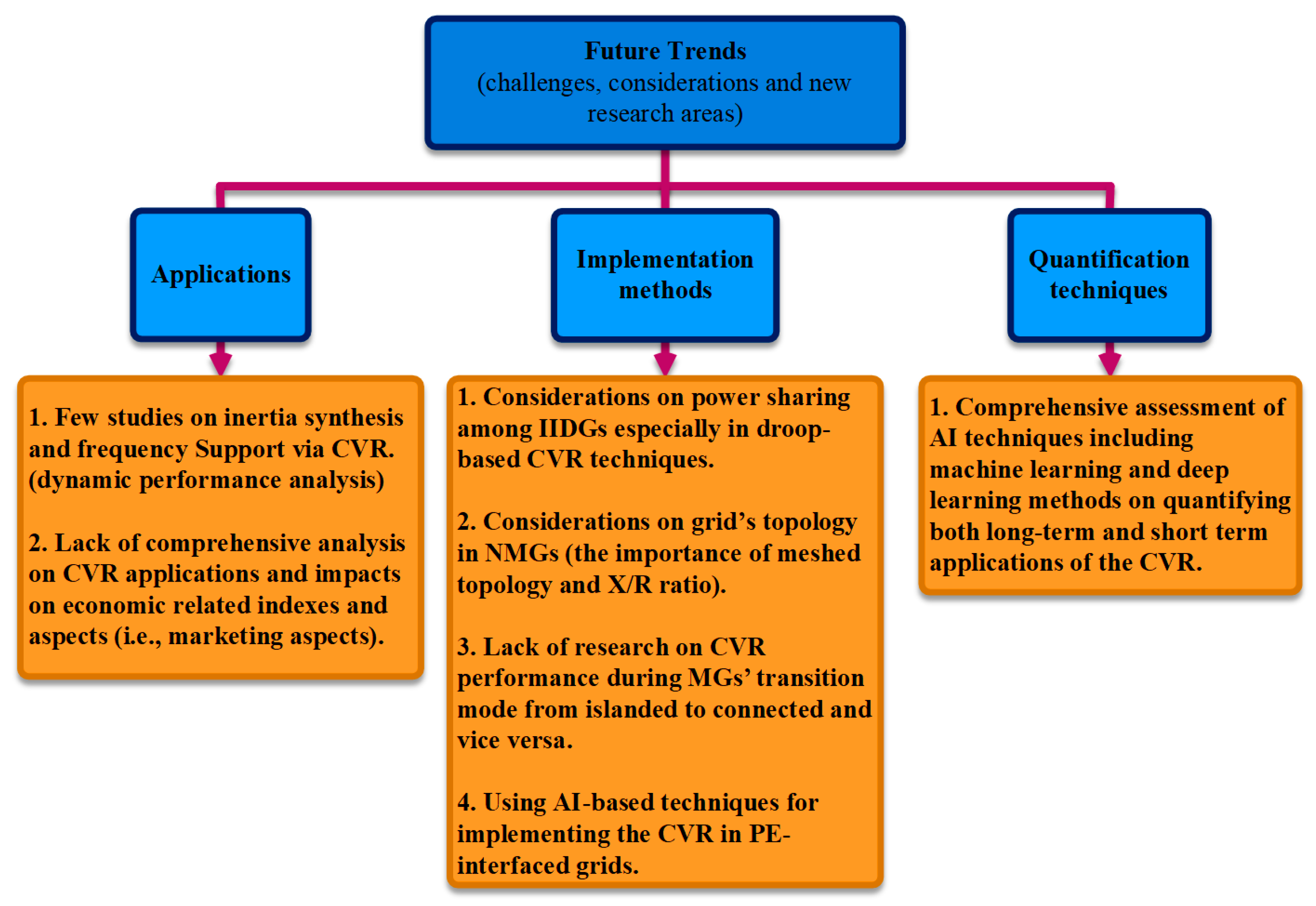
| Appliances | Power (W) at 230 V | Power (W) at 200 V | Reduced Power (%) |
|---|---|---|---|
| Electric Cooker | 609.45 | 467.13 | 23.4 |
| Microwave Oven | 666.10 | 526.60 | 20.9 |
| PC Desktop | 55.00 | 55.00 | 0.0 |
| Kettle | 1840.00 | 1440.00 | 21.7 |
| Iron | 951.09 | 730.58 | 23.2 |
| TV | 121.83 | 121.83 | 0.0 |
| Induction Stove | 1012.00 | 1040.00 | −2.8 |
| PC Monitor | 17.00 | 17.00 | 0.0 |
| Water Heater | 1061.36 | 922.92 | 13.0 |
| AC | 800.00 | 635.16 | 20.6 |
| Washing Machine | 400.00 | 347.82 | 13.0 |
| Fridge | 109.00 | 94.78 | 13.0 |
| Lighting | 240.00 | 240.00 | 0.0 |
| Table fan | 30.60 | 22.85 | 25.3 |
| Water pump | 371.99 | 323.47 | 13.0 |
| Mixer Grinder | 296.23 | 238.00 | 19.7 |
| Modes | Functions |
|---|---|
| Immediate control | INV1: grid connect/disconnect |
| INV2: adjust max. generation level up/down | |
| INV3: adjust the power factor | |
| INV4: request active power | |
| Volt–var management | VV1: available var support, no P impact |
| VV2: max. var support based on Wmax | |
| VV3: passive mode (no var support) | |
| Frequency-related | FW21: high freq. reduces P |
| FW22: limiting generation with f | |
| Dynamic reactive current support | TV31: support during abnormally high or low voltage |
| Low-high voltage ride-through | must disconnect (MD) must remain connected (MRC) |
| Watt-trigged | WP41: watt power factor |
| WP42: alternative watt power factor | |
| Volt-watt management | VW51: volt–watt management (generation) |
| VW51: volt–watt management (charging) | |
| Non-power parameters | TMP: temperature |
| PS: pricing signal |
| Method | Perturbation Signal Shape | Noise Reduction Method | CVR Quantification Index |
|---|---|---|---|
| Step perturbance method [129,131] |  | Robust local regression | CVR factor |
| Ramp perturbance method [128] |  | Custom noise rejection rules | CVR factor |
| PRBS [130,132] |  | Cross-correlation method | CVR factor + LTV function |
Disclaimer/Publisher’s Note: The statements, opinions and data contained in all publications are solely those of the individual author(s) and contributor(s) and not of MDPI and/or the editor(s). MDPI and/or the editor(s) disclaim responsibility for any injury to people or property resulting from any ideas, methods, instructions or products referred to in the content. |
© 2023 by the authors. Licensee MDPI, Basel, Switzerland. This article is an open access article distributed under the terms and conditions of the Creative Commons Attribution (CC BY) license (https://creativecommons.org/licenses/by/4.0/).
Share and Cite
Gorjian, A.; Eskandari, M.; Moradi, M.H. Conservation Voltage Reduction in Modern Power Systems: Applications, Implementation, Quantification, and AI-Assisted Techniques. Energies 2023, 16, 2502. https://doi.org/10.3390/en16052502
Gorjian A, Eskandari M, Moradi MH. Conservation Voltage Reduction in Modern Power Systems: Applications, Implementation, Quantification, and AI-Assisted Techniques. Energies. 2023; 16(5):2502. https://doi.org/10.3390/en16052502
Chicago/Turabian StyleGorjian, Alireza, Mohsen Eskandari, and Mohammad H. Moradi. 2023. "Conservation Voltage Reduction in Modern Power Systems: Applications, Implementation, Quantification, and AI-Assisted Techniques" Energies 16, no. 5: 2502. https://doi.org/10.3390/en16052502
APA StyleGorjian, A., Eskandari, M., & Moradi, M. H. (2023). Conservation Voltage Reduction in Modern Power Systems: Applications, Implementation, Quantification, and AI-Assisted Techniques. Energies, 16(5), 2502. https://doi.org/10.3390/en16052502







